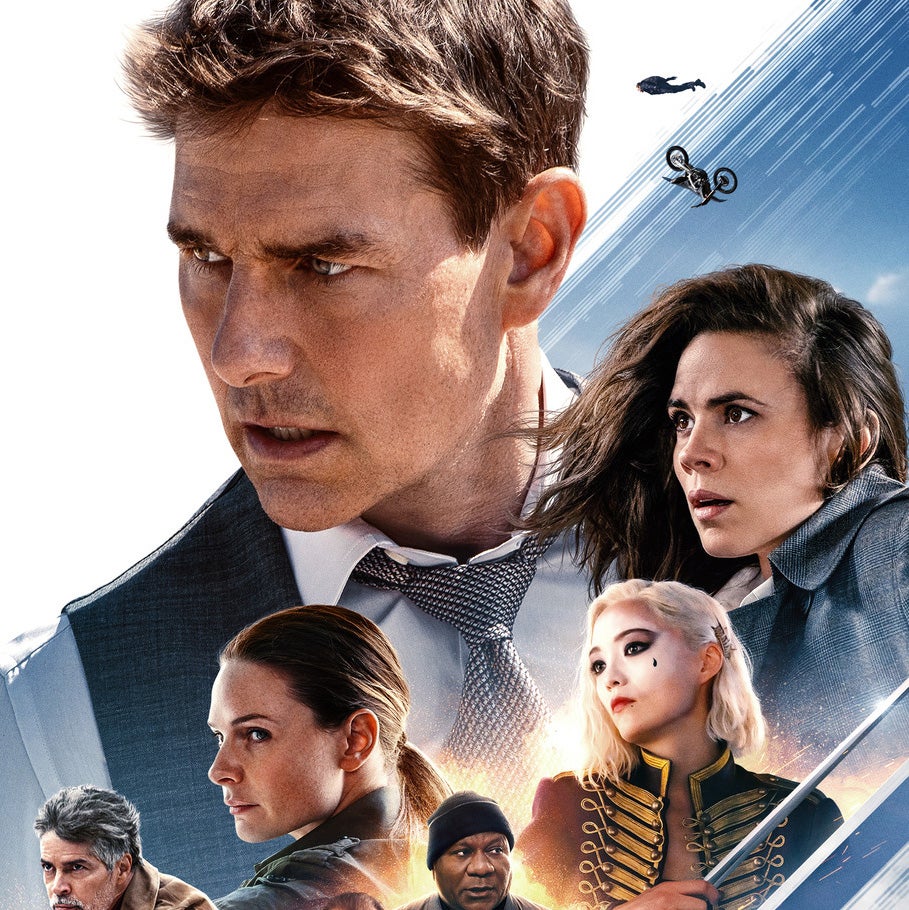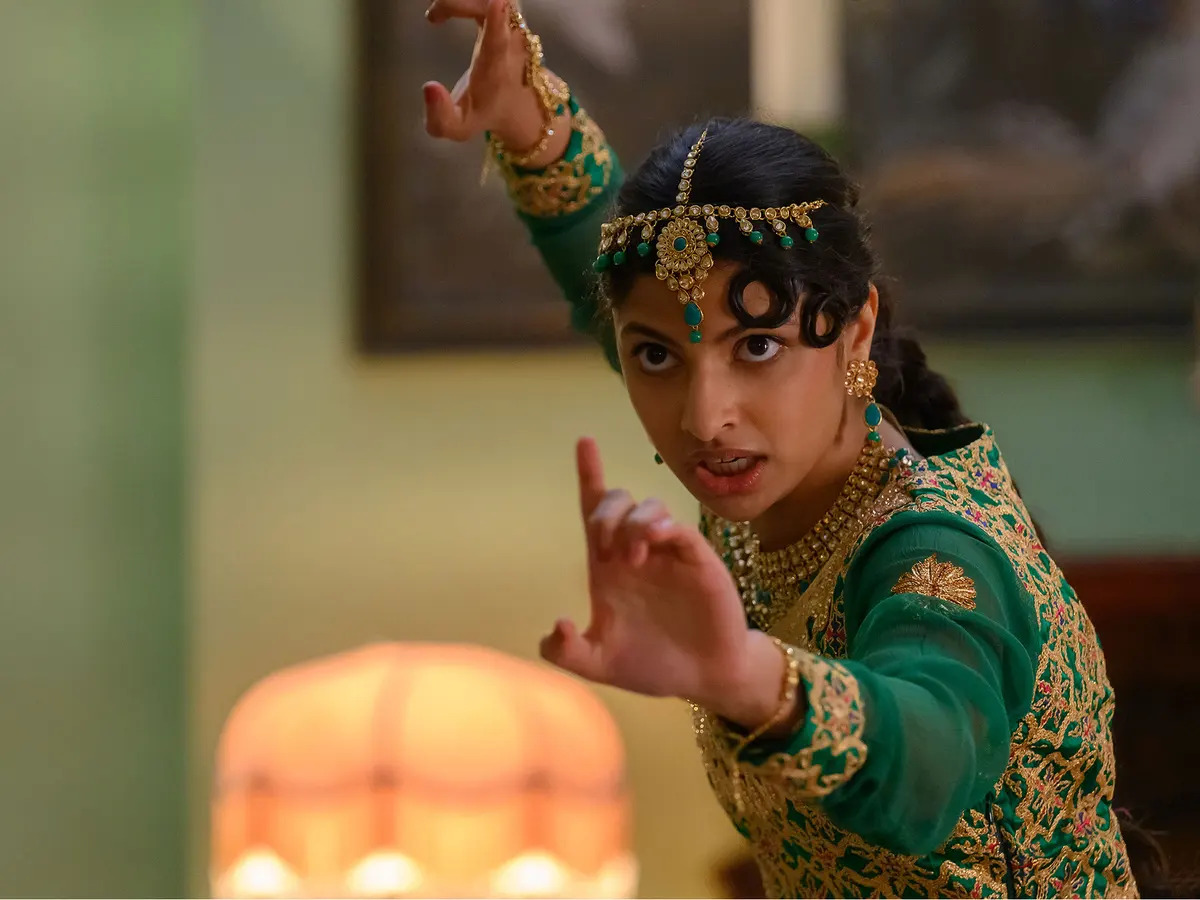The Princess Diaries 2: Royal Engagement
Posted on August 12, 2004 at 4:01 pm
A-| Lowest Recommended Age: | Kindergarten - 3rd Grade |
| Profanity: | None |
| Nudity/ Sex: | Kisses. mild sexual reference |
| Alcohol/ Drugs: | None |
| Violence/ Scariness: | None |
| Diversity Issues: | A theme of the movie |
| Date Released to Theaters: | 2004 |
Another sweet lollipop of a movie, “Princess Diaries 2: Royal Engagement” picks up five years later than the first and, though missing some of the original’s spark and humor, it’s a pleasant romp for girls of all ages. It’s the movie equivalent of a sticker scrapbook filled with rainbows and unicorns — it features not only guaranteed girl-pleasers like a princess and a romance and very cool outfits plus manages to include a princess slumber party with Disney Channel favorite Raven.
Mia Thermopolis (Anne Hathaway) is no longer a shy teenager, but a polished young woman ready to follow in her deceased father’s footsteps as the heir to the throne of Genovia, a fictional country perpetually sparkling in late afternoon sunshine. Having finished college with a degree in foreign affairs, she still dreams of a “foot-popping” kiss (a kiss so good that it makes your foot pop up) but between her studies and her friends she has not quite gotten around to relationships.
Mia and her exquisitely regal grandmother, Queen Clarisse (Julie Andrews) have developed a deep understanding and respect for one another, and the Queen believes it is time for Mia to replace her on the throne. Their plans are hampered, however, when the scheming Viscount Mabrey (John Rhys-Davies) pushes Parliament to enforce an old law that requires that a princess be married before she can become a queen, as he positions his own nephew — Mia’s distant relative — to become king. The result is that Princess Mia has thirty days to find a husband, to win over Genovia, and to learn how to be queen.
Within a week she is engaged to a sweet and slightly klutzy English duke, Andrew (Callum Blue), an honorable, accomplished, and thoughtful man who does not make her foot pop. And she has developed an “I detest you” type bickering attraction to Viscount Mabrey’s young nephew, Lord Nicholas (Chris Pine). While capturing headlines with her gaffes, Mia wins over hearts with her goodness and down-to-earth caring. Best friend Lily (Heather Matarazzo), returns to help her gain her stride and to give Mia a piece of normality in the decidedly unreal palace life.
Like many sequels, “Royal Engagement” loses some of the flavor of the first by trying too hard not to change anything in the winning formula while telling a different story. The fantasy of being a princess is not the same as that of being a queen. This make-over is more subtle than taming hair and wearing make up. Mia must establish a connection to the people of Genovia, while maturing and calibrating her own moral compass. The love story is stilted and missing some the quirky subtlety Hathaway showed in Ella Enchanted. Finally, there is a distracting deluge of under-written and overblown characters who labor too hard to keep the movie light, from the ladies’ maids to the young guardsman bellowing out orders while wooing Lily.
The scenes between Hathaway and Andrews are lovely, though, as the two are complementary souls. Grandmother Clarisse shelters Mia under the umbrella of her poise and dignity, while Mia reawakens the Queen’s sense of impish fun. With Andrews singing — albeit briefly and all in her lower register -— for the first time in years, the sleep-over scene alone is worth the price of admission.
Parents should know that there are scenes of social embarrassment and manipulation. Also, there are several kisses in this movie, including a couple of the foot-popping variety. An innocent night out that lasts until morning when the couple falls asleep (fully clothed) under the trees is portrayed in the media as scandalous. There is a brief reference to a gay character. Mia does discuss with her grandmother arranged marriages as a means to secure the throne, and there are revelations both about loveless marriages and marriage-less loves.
Families who watch this movie might wish to discuss how one’s duty to oneself might conflict with another duty, for example, when Nicholas acts in such a way as to secure the best outcome for Genovia, in his view, but he does not act honorably. Also, they might want to discuss how perspectives on a tradition change for the better or worse. Finally, they might want to talk about the different relationships in the movie and what Mia might do in the months that follow the movie’s end.
Fans of this movie should see The Princess Diaries right now if they haven’t already.
A little Princess is a sweet movie based on the classic book, aimed at the younger viewers and picking up the theme of finding one’s inner princess. Call me Madam is a fun movie with great music that involves an unpolished American taking on a delicate role in diplomatic circles beyond her ken. Mature teens and adults will enjoy watching another young lady struggle deciding between a suitable marriage and one inspired by love in the classic A Room with a View. Families might want to talk a bit about the influence of Nicolas Machiavelli, who encouraged royalty to use deceit to maintain control.






